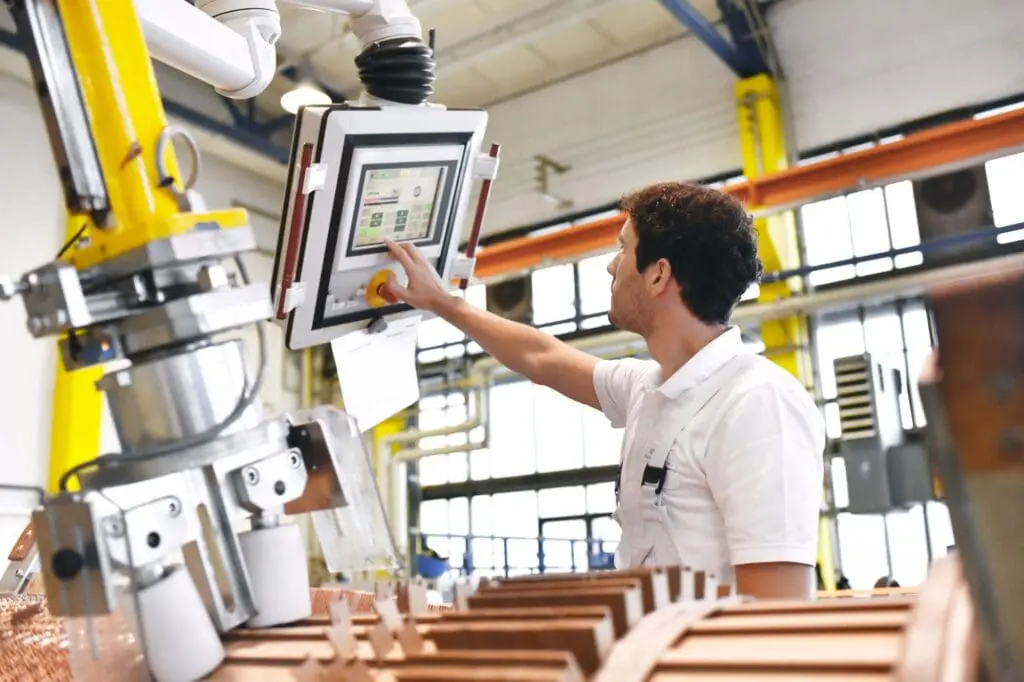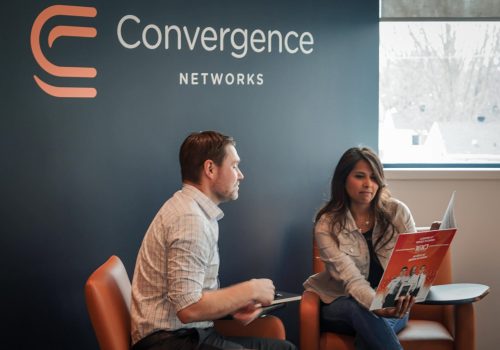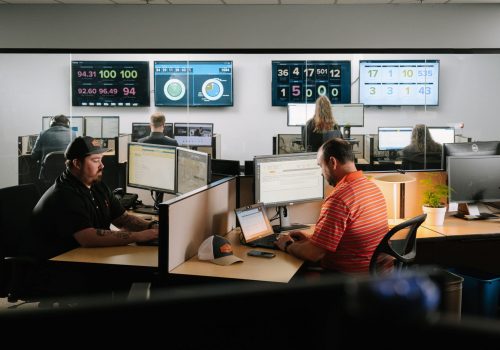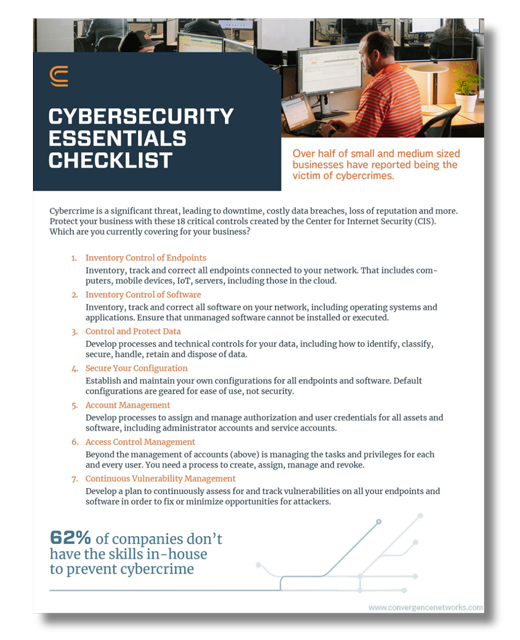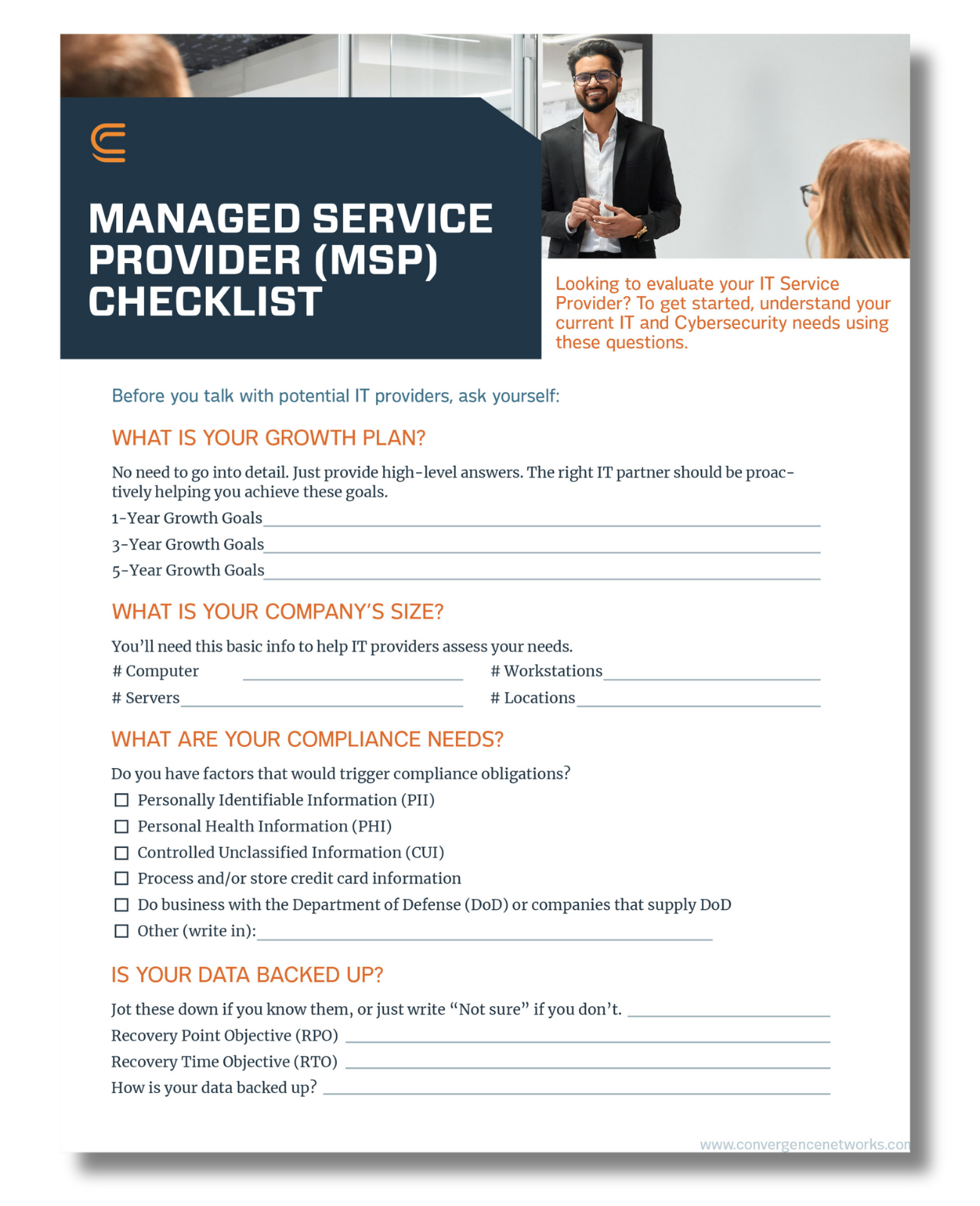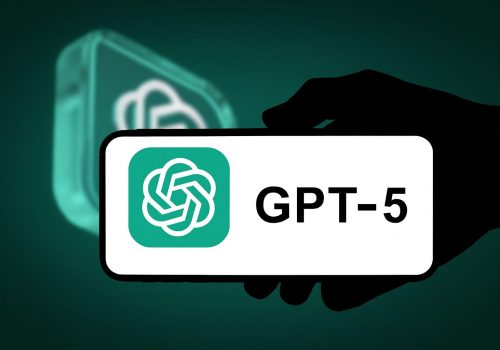Teamwork and team effectiveness are the foundations of project management, the building blocks on which all successful projects and businesses are built. Effective teams, groups of complementary individuals working together to accomplish goals, can achieve far more than members working alone and are almost always greater than the sum of their parts.
The team model is a tried-and-tested way of achieving project and organizational goals. It is a way of harnessing the skills of individuals and maximizing them, by pairing them with others who complement them, and by working together to achieve goals faster, more effectively, and more efficiently than they would alone.
Research has shown that members of an organization are far more likely to make additional efforts and go the extra mile if they are working within a team they respect. This is one of the most significant aspects of the team model, the ability to get more out of employees than they would ordinarily consider to be their peak performance level.
A team model is not just a question of putting together a group of people and pointing them in the direction of a project. A team effectiveness model is a framework set up to help team leaders understand how their team is functioning and make it easy to optimize every aspect of teamwork, from team building and management to performance and achievement of goals.
Let’s take a look at why we use the team model, how it works, and what the major benefits it can deliver are.
Why We Use the Team Model
The team model has been shown time and again, in digital and non-digital projects, to deliver quality, successful, effective projects, on time and within budget.
The team model gives you the tools to improve collaborative working, making it easier to work together and easier for team leaders to see where collaboration can be improved. This ensures that collaboration leads to better solutions and more innovative ideas.
The team model also ensures that a team is not a fixed, static, inflexible monolith. Within a team model, it is far easier to adapt to changes in project scope or schedule or to mitigate changes in the make-up of the team, missing team members, or new requirements.
Finally, a team model ensures accountability, builds trust and motivation, and makes sure the project progresses as planned.
How the Team Model Works
There are several different team effectiveness models and every team and project will have their own preference. But whether you subscribe to Rubin, Plovnick, and Fry’s GRPI Model, the Katzenbach and Smith Model, or the Lencioni Model, there are certain aspects that are common to all ways of working as a team.
All team models start by assembling the team. Broadly speaking, this means identifying the skills and experience that will be necessary to deliver the project and finding the people who can provide these.
Successful and effective teams rely on defined roles and responsibilities. Once a team is in place, setting specific roles, goals, and objectives for each team member as well as the team as a whole is crucial to ensure successful delivery.
A team model will also provide a mechanism for regular check-ins and reports, to maintain progress, identify issues and roadblocks, and take action on issues before they become problems.
The final key aspect of all good team models is continuous communication. Sharing ideas, asking questions, and giving regular updates ensures that everyone within the team is aware of what is going on, whether there are changes to scope or schedule in the works, and whether they can add value or assist in other aspects of the project.
The Benefits of the Team Model
A team model provides a number of benefits, for the effective delivery of a project, for the team members themselves, and for the organization as a whole.
By working together more effectively, teams produce better solutions and more innovative ideas than they would on their own, leading to improved outcomes.
Effective teams are efficient teams, and a team model ensures that projects are completed more quickly and efficiently.
Team models build risk management into their processes, which ensures that throughout a project problems are identified and addressed early on.
Finally, teams that work more effectively together tend to be more satisfied. Collaborative and supportive teams enhance team morale, which leads to higher-quality outcomes.
The team model is a powerful way of working that can deliver excellent results. It will allow your employees to function better and help achieve team and organizational objectives more effectively and to a higher standard.
If you are interested in learning more about how we use the Team Model in our partnerships with our customers, contact us. We would be happy to schedule a discovery call and walk through how Convergence can help your business achieve success.

